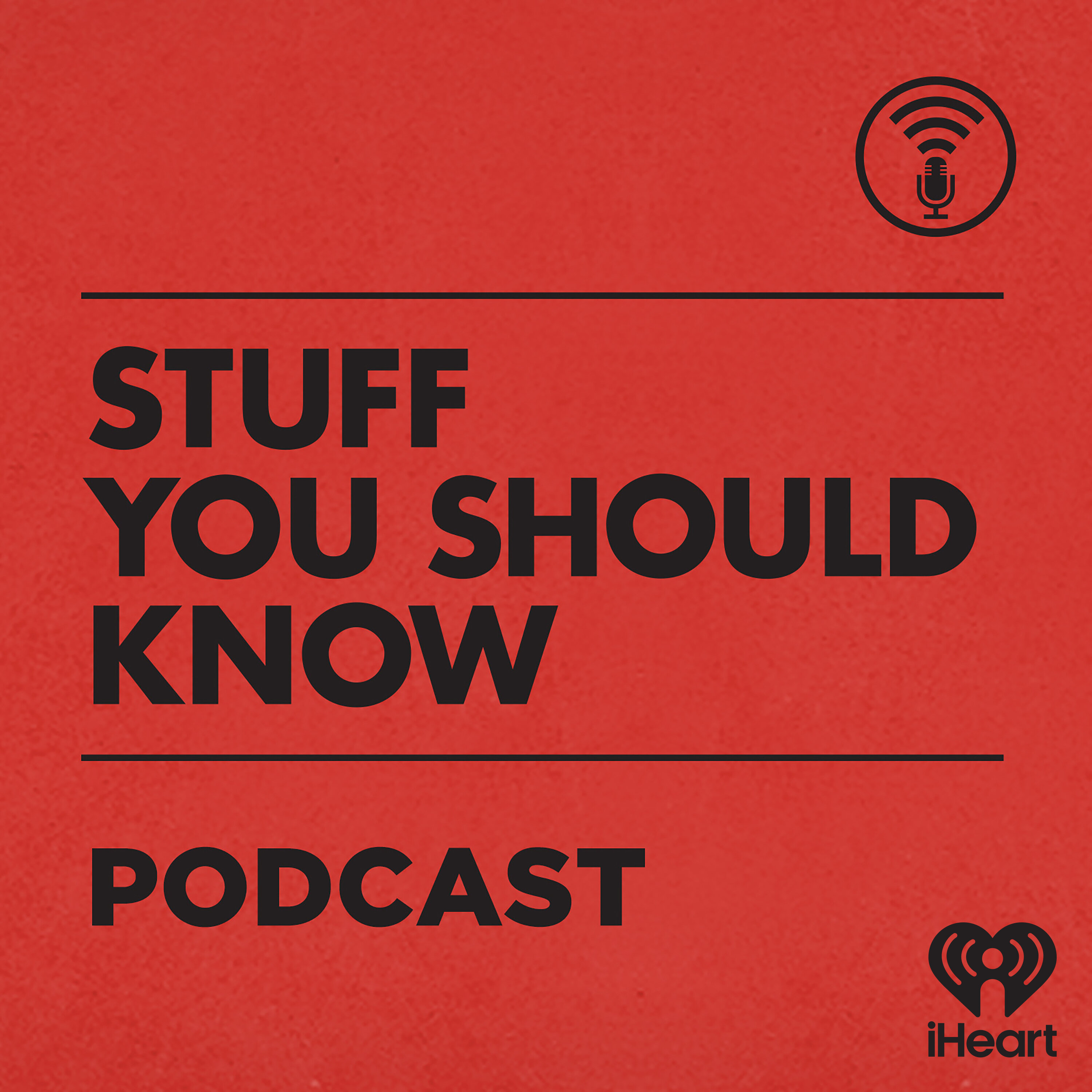
A Think First Podcast with Jim Detjen
Think First is a short-form podcast that makes you pause — before you scroll, share, or believe the headline.
Hosted by Jim Detjen, a guy who’s been gaslit enough to start a podcast about it, Think First dives into modern narratives, media manipulation, and cultural BS — all through the lens of gaslighting and poetic truth.
Some episodes are two minutes. Some are ten. It depends on the story — and the energy drink situation.
No rants. No lectures. Just sharp questions, quick insights, and the occasional laugh to keep things sane.
Whether you’re dodging spin in the news, politics, or that “trust me, bro” post in your feed… take a breath. Think first.
Visit Gaslight360.com/clarity to sharpen your BS filter and explore the 6-step clarity framework.
🚨Distorted (Advanced Copy) is set to release on October 14, and pre-orders are now available on Amazon and Barnes & Noble.
Reserve your copy today — and join me in cutting through the distortion.
Paperback and Kindle: Amazon
Hardcover: Barnes & Noble
A Think First Podcast with Jim Detjen
🔍Ep. 2 The Cindy James Tapes · Someone’s Watching
Cindy James always said it started small.
Phone calls with no one on the line.
Notes left on her windshield.
Footsteps outside her window — when no one was there.
By the time police finally started paying attention, Cindy had documented over a hundred separate incidents. But here’s the thing: almost none of them could be verified.
Was she being hunted…
or haunted by her own mind?
In Episode 2 of The Cindy James Tapes, we rewind to the early days of Cindy’s ordeal — the first signs of surveillance, the first attacks, and the first time Cindy said the words:
“Someone is watching me.”
Stay sharp. Stay skeptical. #SpotTheGaslight
Read and reflect at Gaslight360.com/clarity
This episode is based on real events and verified records. While the case remains unsolved, all accounts have been cross-checked against public sources and witness testimony. Listener discretion is advised. Before she ended up hogtied and dead, cindy James tried to get help. For seven years. She changed her phone number, changed her locks, changed her address, she even changed her name, but one thing never changed. She kept telling people someone is watching me, and almost no one believed her.
Speaker 1:It started in 1982. Cindy had just separated from her husband, a psychiatrist named Roy Makepeace. They'd been married for 16 years. By the fall of that year the phone calls started, silent ones at first. Then a man's voice, sometimes whispering, threats, sometimes just breathing. She told police. They logged the report. A few weeks later her porch lights were smashed. Then her phone lines were cut. Then someone left a note on her windshield, cut out letters glued to paper, ransom style. It showed a corpse in a coffin. No fingerprints, no witnesses, no suspects, just Cindy Again. Her parents were worried. Her parents were worried, her friends were worried and for a while the police were too.
Speaker 1:One officer, constable Pat McBride, got so involved he actually moved into her house Temporarily, he said, to protect her. Then he started dating her, which didn't exactly help credibility later on, because a few months after he moved out the attacks escalated and they got stranger. One night Cindy's friend, agnes came to the door, but Cindy didn't answer. Agnes walked around the house and found her crouched down barefoot with a nylon stocking tied tightly around her neck. She was bruised, shaking, could barely talk. She said someone had grabbed her in the garage from behind. And again there were no witnesses, no signs of forced entry, no physical evidence of anyone else being there. The cops took a report, but you can feel the shift starting In their eyes. Cindy was becoming less of a victim and more of a question mark. Now let's pause for a second, because at this point in the story you're either thinking, wow, she's being hunted and no one's helping, or wait, how is there never any proof? And that's the riddle of Cindy James. You can pick either lane and both have road signs.
Speaker 1:Over the next 18 months, things got darker. Dead cats were found in her yard. Threatening notes appeared again, this time reading You're dead bitch. At one point, cindy's private investigator gave her a two-way radio. At one point, cindy's private investigator gave her a two-way radio. She used it to call for help during an attack. When he arrived, she was inside her house, barely conscious, with a paring knife stabbed through her hand, pinning another threat note into her skin. She told him she'd been injected with something. Later tests found high levels of morphine, but no needle. Still no witnesses, no fingerprints, no forced entry, no signs of a break-in.
Speaker 1:After that attack, cindy moved again. She painted her car a different color, changed her name legally from Cindy James to Cindy Hack, her maiden name. She was trying to disappear, but the threats kept finding her. Some police believed her, others didn't. To test her story, they installed 24-hour surveillance around her house 14 officers, multiple shifts, and during the entire time they were watching. Nothing happened no phone calls, no break-ins, no threats, no fires. But the moment they left, the threats came back.
Speaker 1:Now, if this were a movie, you'd think she was being set up or haunted, or losing her mind, and those are basically the three theories that would follow her until the end Set up, haunted or losing it. Even her doctor wasn't sure. At one point Cindy admitted to withholding information, saying the person stalking her had threatened to kill her sister or mother if she spoke out. So she stopped cooperating, stopped talking, which of course made her seem even less credible. Classic gaslighting loop. Damned if you speak, damned if you don't.
Speaker 1:In the meantime, her former husband, roy Makepeace, the psychiatrist, stayed in touch with her, at least for a while. She told friends he was weird, but also that he was the only one who took her seriously. He even played them a recording once, a voicemail on his machine, a man's voice calling him you bastard, you're dead. Leave Cindy alone or you'll regret it. So was he also being threatened? Was he the stalker? Was it someone else entirely? Or was the whole thing an act? At that point even the police didn't know what to believe anymore.
Speaker 1:So let's recap. A woman claims she's being stalked. She's found multiple times with injuries, bruises and strangulation marks. Her friends witness the aftermath. Her story stays consistent, but the cops never catch anyone and the only evidence is her word. We say we believe women. We say victims should be heard. We say trauma isn't always visible. But Cindy's case tested all of that, because the evidence didn't cooperate and the story just kept getting weirder. By 1984, cindy had become the kind of victim people started to roll their eyes at. Even though the threats were getting worse, she kept saying she was in danger, and the more she said it, the less people believed her Until, eventually, not even the system could decide if she was a woman under attack or a woman falling apart. Next episode the fire, the injection. The night someone stabbed a note through her hand and the moment Cindy herself started to doubt what was real. Was she being hunted or haunted by her own mind? I'm Jim Detchen. This is Think First the Cindy James Tapes. And you're just getting started.
Podcasts we love
Check out these other fine podcasts recommended by us, not an algorithm.

The Megyn Kelly Show
SiriusXM
Hidden Brain
Hidden Brain, Shankar Vedantam
The Tucker Carlson Show
Tucker Carlson Network
Cato Podcast
Cato Institute
The Joe Rogan Experience
Joe Rogan
Common Sense with Dan Carlin
Dan Carlin
The Clay Travis and Buck Sexton Show
iHeartPodcasts
Revisionist History: The Alabama Murders
Pushkin Industries
Freakonomics Radio
Freakonomics Radio + Stitcher
Fearless with Jason Whitlock
Blaze Podcast Network
The Daily Beans
MSW Media
The Glenn Beck Program
Blaze Podcast Network
Countermine
Dondi&Karlin
The Shawn Ryan Show
Shawn Ryan
Left, Right & Center
KCRW
Political Gabfest
Slate Podcasts
Stuff You Should Know
iHeartPodcasts
TED Talks Daily
TED
The Fifth Column
Kmele Foster, Michael Moynihan, and Matt Welch
The Jesse Kelly Show
iHeartPodcasts
The Jordan B. Peterson Podcast
Dr. Jordan B. Peterson
